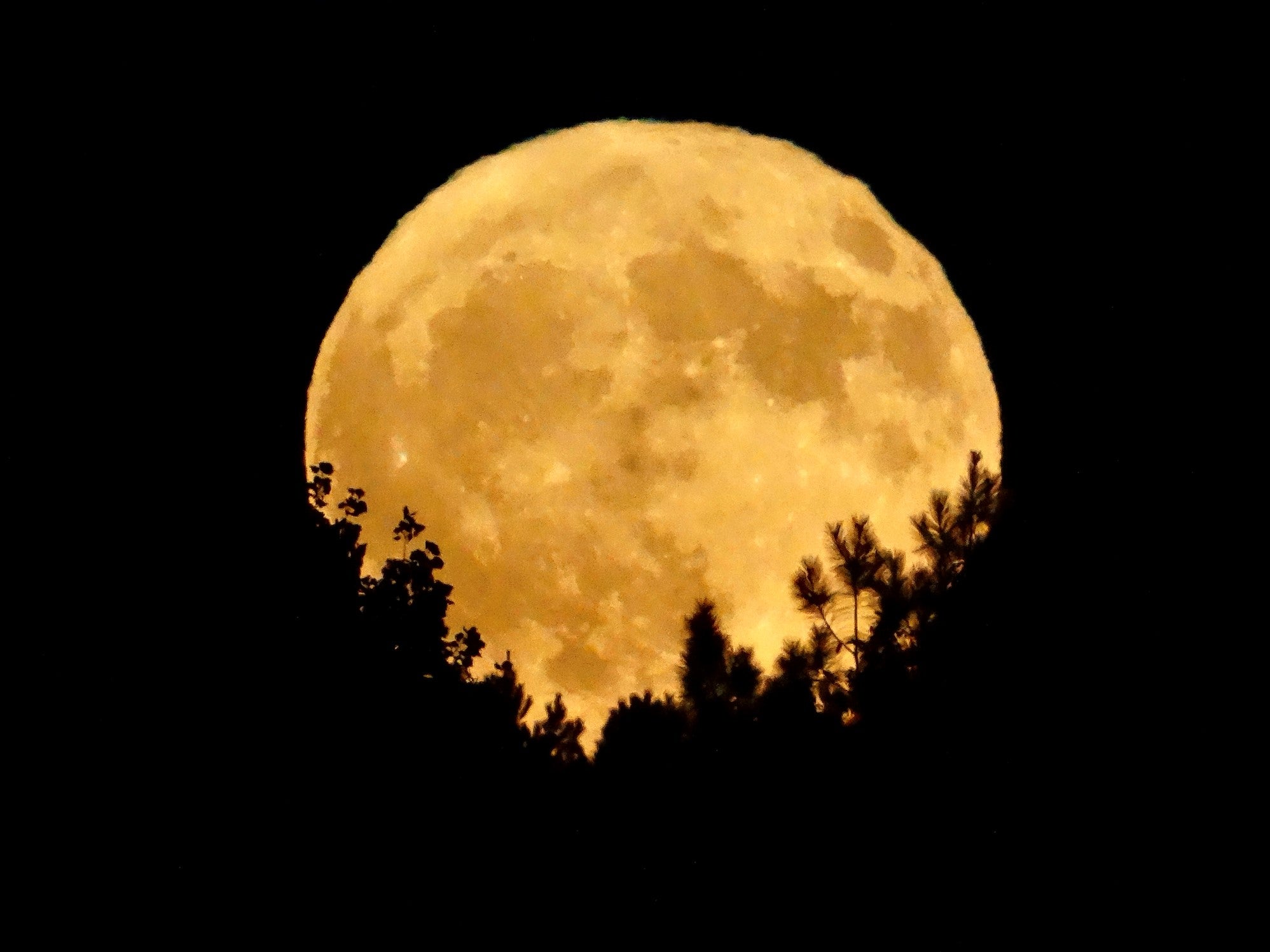Full moon 2020: How to see Beaver Moon in the UK tonight
The best time to see today’s full moon will be as it rises shortly after sunset

Your support helps us to tell the story
From reproductive rights to climate change to Big Tech, The Independent is on the ground when the story is developing. Whether it's investigating the financials of Elon Musk's pro-Trump PAC or producing our latest documentary, 'The A Word', which shines a light on the American women fighting for reproductive rights, we know how important it is to parse out the facts from the messaging.
At such a critical moment in US history, we need reporters on the ground. Your donation allows us to keep sending journalists to speak to both sides of the story.
The Independent is trusted by Americans across the entire political spectrum. And unlike many other quality news outlets, we choose not to lock Americans out of our reporting and analysis with paywalls. We believe quality journalism should be available to everyone, paid for by those who can afford it.
Your support makes all the difference.The penultimate full moon of 2020, known as the Beaver Moon, will rise over UK skies on Monday evening.
The name comes from Native American tradition, who called it that as it typically coincided with them setting their beaver traps.
The Beaver Moon officially peaked at 9.29am on 30 November, so was not actually visible, however it will continue to appear full on Monday night and early Tuesday morning.
The moon will rise over the UK shortly after 4pm, just nine minutes after the sun sets. It will then set shortly before the sun rises on Tuesday, at roughly 7.30am.
The skies will appear properly dark, and the full moon more pronounced, between 6pm and 6am.
The best time to see a full moon will be around these times when it is either rising or setting, as a peculiar optical illusion means it actually appears larger when it is close to the horizon.
The Moon Illusion, as it is known, comes about due to the way the brain processes visual information, though the exact science behind it is still unclear.
By associating the moon’s size with objects that appear nearby, such as trees and buildings on the horizon, it appears relatively larger than it does when it is only surrounded by stars high up in the sky.
“In general, the proposed explanations have to do with a couple of key elements of how we visually perceive the world: how our brains perceive the size of objects that are nearer or farther away, and how far away we expect objects to be when they’re close to the horizon,” Nasa explained in a recent blog post.
“There’s also some thinking that objects in the foreground of your lunar view play a role… But this isn’t a perfect explanation, either. Nasa astronauts in orbit also see the Moon Illusion, and they have no foreground objects to act as distance clues. So, there’s likely more going on.”
The final full moon of 2020, known as the Cold Moon, will take place on 30 December.

Join our commenting forum
Join thought-provoking conversations, follow other Independent readers and see their replies
Comments